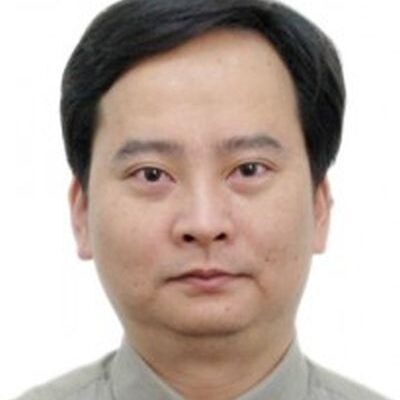HU Fang (Kínai Társadalomtudományi Akadémia) és CHEN Shuwen (Kínai Társadalomtudományi Akadémia) előadása
A Dynamic theory of vowel production and its implication for L2 Mandarin
Fang Hu
Institute of Linguistics, Chinese Academy of Social Sciences
Vowels are traditionally classified into monophthongs, diphthongs, triphthongs, and in some rare cases, tetraphthongs. However, there is a long debate on the complexity of vowels in the literature. Some phoneticians view diphthongs as a single vowel with phonetically complex nucleus, while others treat diphthongs as a sequence of two vowel elements. We proposed a dynamic theory of vowel production based on recent developments in vowel researches in Chinese dialects. First, fine-gained phonetic details from Mandarin, Wu, Jin, Hui, Min, Hakka, etc. suggest that falling diphthongs and rising diphthongs differ in temporal organization, spectral property, and spectral dynamics. Second, there is no dichotomy, but a continuum between monophthongs and diphthongs. In conclusion, the production data from Chinese dialects support an integral account for vowel production: monophthongs are composed of a static spectral target, diphthongized vowels and falling diphthongs are composed of a dynamic spectral target, and rising diphthongs are sequences of two spectral targets. Mandarin has a rich inventory of vowels, diphthongs and triphthongs. The dynamic theory of vowel production has practical implications for teaching Mandarin as a second language.
The prosodic characteristics of Standard Chinese rhetorical questions in naturalistic settings
Shuwen Chen
Institute of Linguistics, Chinese Academy of Social Sciences
Questions can be used to serve distinct communicative functions: they may be used to seek information from the interlocutor (referred to as information-seeking questions, or ISQs) or to make assertions, express dissatisfaction, or convey rhetorical meaning (referred to as rhetorical questions, or RQs). Notably, prosody plays a critical role in differentiating communicative meanings in speech, particularly when the compositional semantics of the utterances are identical. While the importance of prosody is well established, the specific prosodic characteristics distinguishing RQs from ISQs remain controversial in Standard Chinese. The current study investigated the prosodic features of rhetorical questions in Standard Chinese within naturalistic settings, utilizing data collected from 103 native Mandarin speakers. String-identical ISQs and RQs were recorded through an online platform, ensuring a diverse and representative sample. The results revealed that, when freely reading aloud to the phone, speakers tended to convey rhetorical meaning by either shifting prominence toward or enhancing the prominence of the verb or modal verb. Acoustically, the prominent verbs were characterized by higher pitch and longer duration. In other positions, phonetic markers varied depending on the sentence structure. Our large-sample findings highlight the interface of prosody and syntax in conveying communicative intention. This research also addresses a critical gap by moving beyond laboratory-based data to examine speech phenomena in more ecologically valid contexts.
Presenters

Hu Fang
Chinese Academy of Social Sciences, CASS

Chen Shuwen
Chinese Academy of Social Sciences, CASS